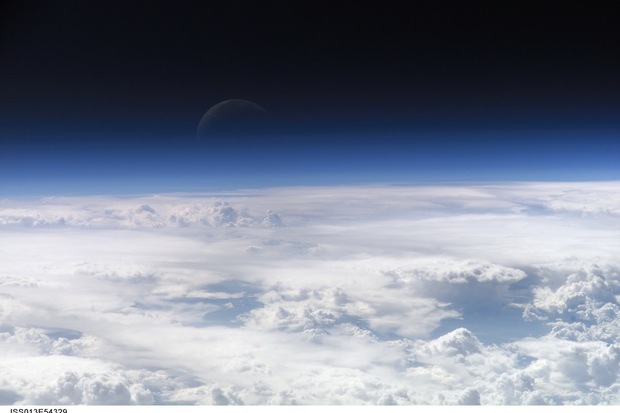New Way to Make Oxygen Doesn't Need Plants

Earth's atmosphere wasn't always full of life-giving oxygen — it was once a choking mixture of carbon dioxide and other gases, more like the atmosphere of Mars or Venus.
It's widely believed that the rise of plants turned that carbon dioxide into oxygen through the chemical reactions of photosynthesis, in a period called the Great Oxygenation Event. But a new study suggests there may be another way to make oxygen from carbon dioxide, using ultraviolet light.
The findings could explain how the Earth's atmosphere evolved, and hint at a way to make oxygen in space, the researchers said. [7 Theories on the Origin of Life]
Even though scientists think plants produced most of the oxygen present on Earth, they suspected some oxygen may have existed before photosynthetic organisms arose, said Cheuk-Yiu Ng, a physical chemist at the University of California, Davis, and co-author of the study published today (Oct. 2) in the journal Science.
But, it was thought that the planet's oxygen (O2) formed from two oxygen atoms colliding and combining on some surface, not because the oxygen molecules split from carbon dioxide (CO2), Ng said.
When light breaks apart CO2, the molecule normally splits into carbon monoxide (CO) and an oxygen atom (O). One theory suggested carbon dioxide could potentially be stripped into molecular oxygen (O2) and carbon (C) instead, but "nobody had ever detected" such a process, Ng told Live Science.
Ng and his colleagues built a one-of-a-kind instrument to split up carbon dioxide, using ultraviolet light in a vacuum. The device consists of two lasers — one to split the CO2, and one to detect the fragments produced.
Sign up for the Live Science daily newsletter now
Get the world’s most fascinating discoveries delivered straight to your inbox.
"This machine is unique in the world," Ng said.
When the researchers shone the first laser on the carbon dioxide, the second laser detected O2 molecules and carbon atoms, suggesting a small amount of carbon dioxide (about 5 percent) was turned into oxygen. Though small, that's enough to show that it's possible to produce oxygen from CO2 by a nonbiological process, Ng said.
The findings reveal a possible way oxygen entered the atmosphere of Earth and other planets, the researchers said. This has implications on the search for extraterrestrial life, suggesting that merely detecting oxygen in the atmosphere of another planet is not enough to signify the presence of life, Ng said.
Finally, the researchers hinted that it may be possible to use this technique to make oxygen in space or on other planets. But first, more studies are needed to verify the fundamentals of how this reaction occurs, the scientists said.
One reason the experiment hadn't been done before is because of the difficulty of creating intense vacuum ultraviolet light, Ng said. One way is to use a particle accelerator called a synchrotron, but the laser in Ng's lab is 10,000 to 1 million times brighter than those produced by existing synchrotrons, he said.
Follow Tanya Lewis on Twitter and Google+. Follow us @livescience, Facebook & Google+. Original article on Live Science.










